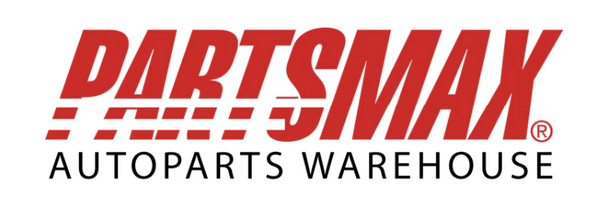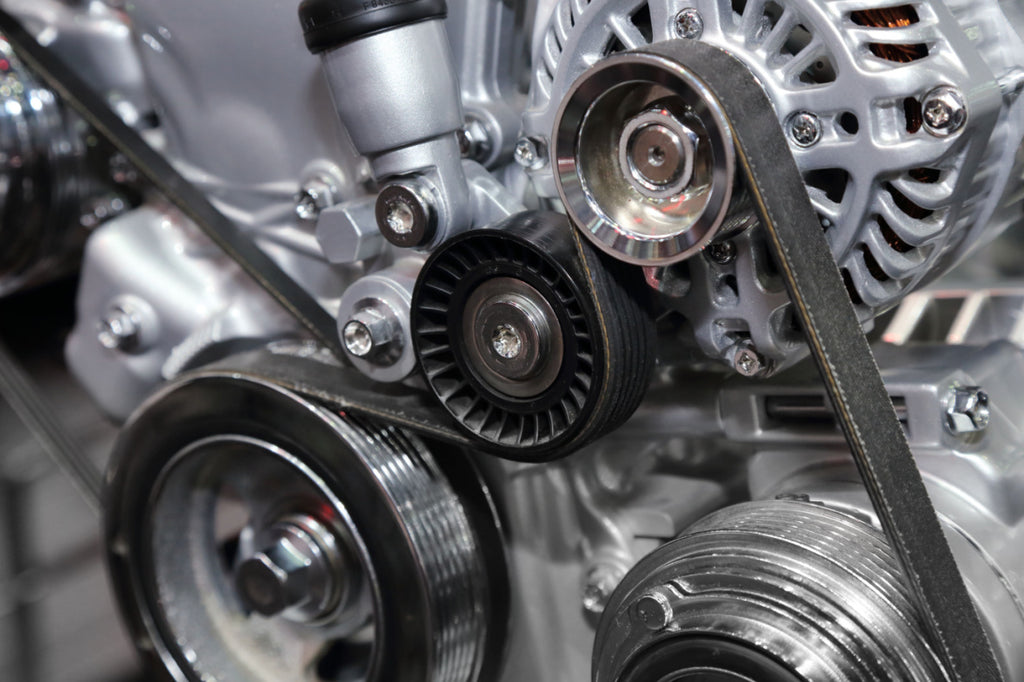Understanding and Replacing Your Vehicle's Belts and Hoses
It isn’t until we lift up our car’s hood that we appreciate how complex these vehicles are. All kinds of connecting parts and components keep it it running smoothly. One burst hose or broken belt could be a disaster. It is best to be proactive and check your vehicle’s belts and hoses and replace them before they break on you. So, what should you know about these parts, what should you look out for, and how easy it is to get a replacement?
The Different Belts and Types of Hoses in Cars.
The most common type of belt in cars these days is a serpentine belt. These belts run snake-like through the engine to power various components in the car. Other vehicles, such as trucks, may have a series of V-belts instead.
Another belt in your car is the timing belt. This is essential for synchronizing the camshaft and crankshaft to keep the engine running smoothly.
As for the hoses, there are typically four types to keep an eye on. The fuel hose is essential as it sends gas to the engine. The power steering hose connects the pump to the steering system. You also have two coolant hoses: one radiator hose to the engine and a heater hose to the heater core.
How Often Should You Repair or Replace Belts and Hoses?
Those belts and hoses are vital workhorses carrying out major functions on every journey. It is no surprise that they become weaker over time via repeated use. The rubber can stretch and fail, and the structural integrity worsens.
Many of these parts have a substantial lifespan, especially in modern vehicles. Newer radiator hoses can last up to 10 years, and those serpentine can keep running for over 100,000 miles. However, this can mean that drivers forget to ever check on them. V-belts have shorter lifespans at around 30,000 miles. Ideally, you want to check your belts every 3 months or 3000 miles and your hoses every 6 months or 6000 miles. Some experts recommend changing hoses every 4 years anyway to stay safe.
This may sound excessive, but it can save a lot of hassle in the long run. If the serpentine belt fails entirely, you get a knock-on effect with loss of function in the power steering, alternator, and air conditioning. A burst coolant hose will lead to the radiator overheating. Leaks in fuel hoses could be a fire hazard with all that escaping flammable liquid.
Signs You Need to Get a New Part.
There are a few signs to look out for if you go under the hood to check out these belts and hoses. Remember that even if the part seems to be working fine and is only a little worn, age will catch up with it eventually.
With the belts, the main problems are signs of wear and tear on the top or underside of the belt. Small-scale damage may include a few small cracks or some fraying. You may also notice some glazing on the sides. More extensive issues with separating layers or chunks missing underneath are a bigger concern.
It is a similar story with the different hoses. The material can show signs of cracks, abrasion, and other wear. There may also be bulges and other structural issues that lessen its functionality.
Of course, your car may tell you there is a problem before you ever think about popping the hood. Motorists who hear vibration or high-pitched sounds may have a loose or damaged belt. Check it out, look for any damage, and consider getting a replacement part. The same goes for any failures in systems services by the serpentine belt.

Car Belts and Hoses Replacement Costs.
The costs of these repairs will depend on the part and how much you plan to do yourself. You could find a serpentine belt for around $100 and work on it at home or hire a mechanic to do the full job. Don’t forget that early checks and replacements also save money on repairing further damage to the car.
Getting the Best Replacement Parts From Partsmax Auto Parts and Accessories.
The best place to come to find all your necessary aftermarket pars Partsmax. We are the largest auto parts warehouse in Florida and can advise you on your next repair. Don’t leave it too late to replace your belts and hoses. Inspect your car, look for those signs of damage, and see how we can help.


